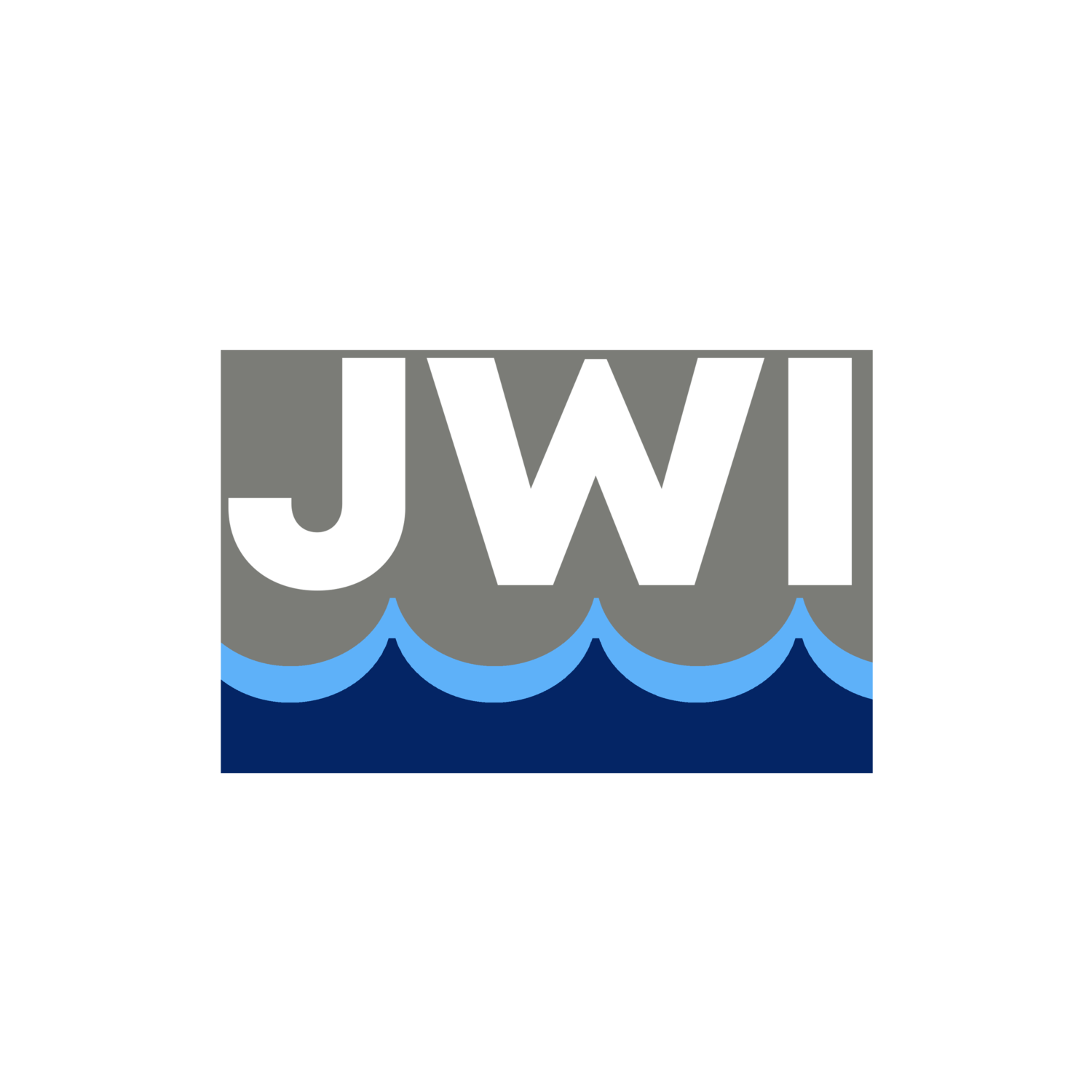Project: bay parkways bridge rehabilitation
location: new york, ny
system: BBZ Duro Soil
completed: October 1999
The New York City Dept. of Transportation Bureau of Bridges is responsible for the building and maintenance of bridges in the State of New York. Many of these bridges were constructed and waterproofed at the beginning of the twentieth century utilizing the “state of the art” technology at that time. However, today these same bridges have begun to exhibit signs of leakage and deterioration. One of the reasons for the deterioration is directly related to the defective and /or missing waterproofing seal in the area of the concrete arches covered by soil and pavement topping.
If today’s “state of the art” practice of keeping and sustaining the life span of our bridges through corrosion protection of reinforcement and concrete rehabilitations to be maintained, it must also include the function of sealing the areas covered by soil and pavement.
Currently the NYCDOT has done the following to waterproof these structures:
Pavement Demolition
Boring and cutting through the existing soil above
Construction and placement of new waterproofing membranes
Replacement and reconstruction of the soil and pavement
This type of rehabilitation is cost intensive, interruptive to mercantilism and not practical in case of a superstructure or for bridges in major traffic areas.
Thus, the project was brought to the attention of BBZ and Jean’s Waterproofing by R. J. Watson a supplier of bridge repair materials, who had heard about BBZ Germany, the waterproofing contracting division of the BBZ Group who have successfully completed several jobs in Europe which required injecting through the concrete structure to create an impermeable waterproofing barrier via pressure injection in either a bridge or tunnel structure.
In April of 1998 a meeting was held at the New York City Dept. of Transportation’s office in Manhattan where BBZ USA introduced their injection materials and waterproofing technology. Following several subsequent meetings where material samples were mixed and jobsite inspections were conducted, approval for a “test” bridge was obtained by the City.
The main objective of this procedure was to create an impermeable waterproofing barrier on top of the concrete arch and between the back-filled soil by using BBZ’s Duro Soil product, an acrylate-ester resin injected via 2 component pressure pump from underneath the structure.
The Structural Engineering Division of BBZ Germany supplied the engineering and injection port pattern along with on-site supervision, while the actual injection work was performed by Jean’s Waterproofing, Inc. A Method Statement was submitted to the NYCDOT and the drilling of four separate arches with a total of 1,400 injection portholes was commenced in November of 1998.
The four separate arches consisted of two (2) local tracks - E-1, E-2 Manhattan and Coney Island Local Tracks and E-3 and E-4 Manhattan and Coney Island Express Tracks under the Bay Parkway Bridge. To create a waterproofing barrier between the concrete arch structure and the compacted soil, BBZ and Jean’s Waterproofing utilized a rehabilitation technique, which consists of injection from underneath the arch with the use of a low viscosity injection Acrylate injection resin, injection ports, and a two component pressure pump.
Duro Soil is a specially formulated injection resin, which is specifically designed to seal soil covered areas. Due to its low viscosity and low resistance to flow, a homogenous gel membrane is created at the concrete and soil interface void areas.
Also, in the case of dynamic vibrations inherent to bridge structures, the consistency of the waterproofing barrier will be guaranteed by the swelling and self-healing properties of the injection material.
While no test borings were done prior to injection, a formula was utilized by the BBZ team to determine the quantity of injection resin required along with spacing of the injection ports at 2-2 ½ feet on center across the crown of the arch. Drilling of the injection holes took over three months and required overhead drilling through the concrete to intersect the soil on top of the arch by at least 1" inch in depth. Specialize drill bits were required as the thickness of the concrete varied from the sides to the crown of the arch. A systematic timed injection one month’s time. Approval and clearance to finish the last arch was obtained in October 1999 and in 4 days the entire project was complete and remains bone dry.
A total of 3,240 gallons of injection material was utilized - 440 gallons more than the original estimate of 2,800.
These concrete arch barrel type bridges over tracks and station areas are prevalent throughout New York and over 200 of these bridges require rehabilitation for future serviceability. Following the success of this “test” bridge, new specifications are being developed for future bid work.



